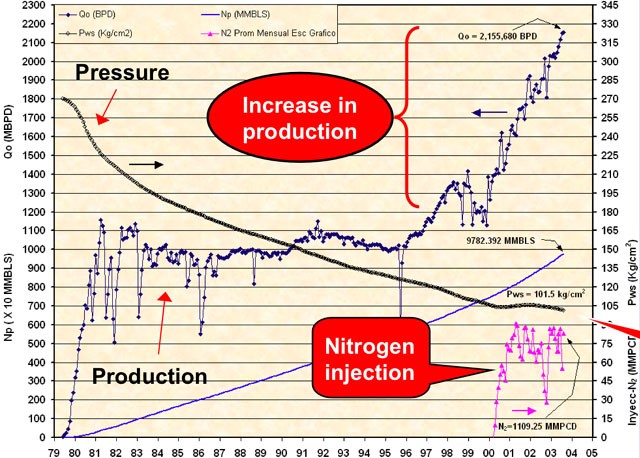Suze Orman Avoid TargetDate Funds Because They Will Slide as Interest Rates Rise Eric Tyson
Post on: 23 Август, 2015 No Comment

Listen to Vanguard, Not Suze Orman
Vanguard recently published a useful report on this topic entitled, Rising Rates: A Case for Active Bond Investing? Here are the key insights from that report:
Although the success of active management in fixed income has not been stellar-Vanguard research has found, for example, that over the 15 years ended December 31, 2010, more than 85% of actively managed bond funds failed to beat their benchmarks-still there are distinct periods in which investors may prefer active management. For instance, during a rising interest rate environment, it is often supposed that active fixed income managers will outperform their benchmark, given that active managers can shorten a portfolio’s duration, thus mitigating the risk of rising interest rates.
This paper tests this assumption by reviewing the historical track record of active bond managers in Morningstar’s mutual fund database during periods of rising interest rates since 1981.
We found that in a majority of rising-rate periods, active managers, on average, failed to outperform a relevant benchmark. The implication of this finding is that investors should not assume that an active manager will automatically transform an opportunity to outperform into actual outperformance.
Given active managers’ ability to position their portfolios according to market conditions, why has outperformance during rising-rate periods been so fleeting? There are two likely reasons: first, the effect on the market of the zero-sum game; and, second, the difficulty of predicting (and therefore capitalizing on) interest rate movements.
The concept of a zero-sum game in investing starts with the understanding that at any given point in time, the holdings of all investors in a particular market, such as the U.S. bond market, aggregate to form that market. Because all investors’ holdings are represented, if one investor’s dollars outperform the aggregate market over a particular time period, another investor’s dollars must underperform, such that the dollar-weighted performance of all investors sums to equal the performance of the market.
In reality, investors are exposed to costs such as commissions, management fees, bid-ask spreads, administrative costs, market impact, and, where applicable, taxes-all of which combine to reduce realized returns over time. As a result, after costs are considered, investors’ dollar-weighted underperformance exceeds investors’ dollarweighted outperformance. By extension, a majority of investor dollars also therefore underperforms the market index. the average dollar invested in actively managed bond funds was charged 54 basis points (0.54%) for government funds and 56 basis points (0.56%) for corporate funds, amounts that constitute significant hurdles for those funds to overcome to outperform a benchmark.
As stated, we also want to emphasize how hard it is to correctly predict interest rate movements (and, for corporate bonds, credit spreads and sector performance) consistently over time. As observed in previous Vanguard research by Davis et al. (2010), the forward yield curve of the Treasury market reflects the aggregate perspective of investment managers on future interest rates. Note that forward rates do not represent any individual’s or organization’s views about future interest rates. Instead, the forward curve represents the aggregate expectations of all Treasury bond-market participants regarding future interest rates.
Of course, history suggests that interest rates will likely evolve differently from today’s expectations. Indeed, as Davis et al. (2010) also showed, the Treasury forward yield curve has been a poor predictor of actual future rates. A timely example of this evolution of actual versus expected rates has transpired since interest rates bottomed in 2008. Since that point, market participants have been forecasting higher future interest rates. Yet, despite the clamor for higher rates, yields have remained low, with little upward pressure.
Finally, in addition to interest rates’ unpredictability, it’s important to consider that even if a manager makes a correct call on the direction of rates, the timing and magnitude of any change are crucial. In an environment characterized by a steep yield curve, this negative carry can mean a significant return forfeiture if yields do not rise as anticipated.
Even then, a manager who correctly predicts a rise in interest rates could likely suffer a performance penalty if rates rise less than forecast or if the timing of the change is either too early or too late.
For more specific investing suggestions and ideas on this topic, please see my previous article, Dealing With Worries About Rising Interest Rates .














